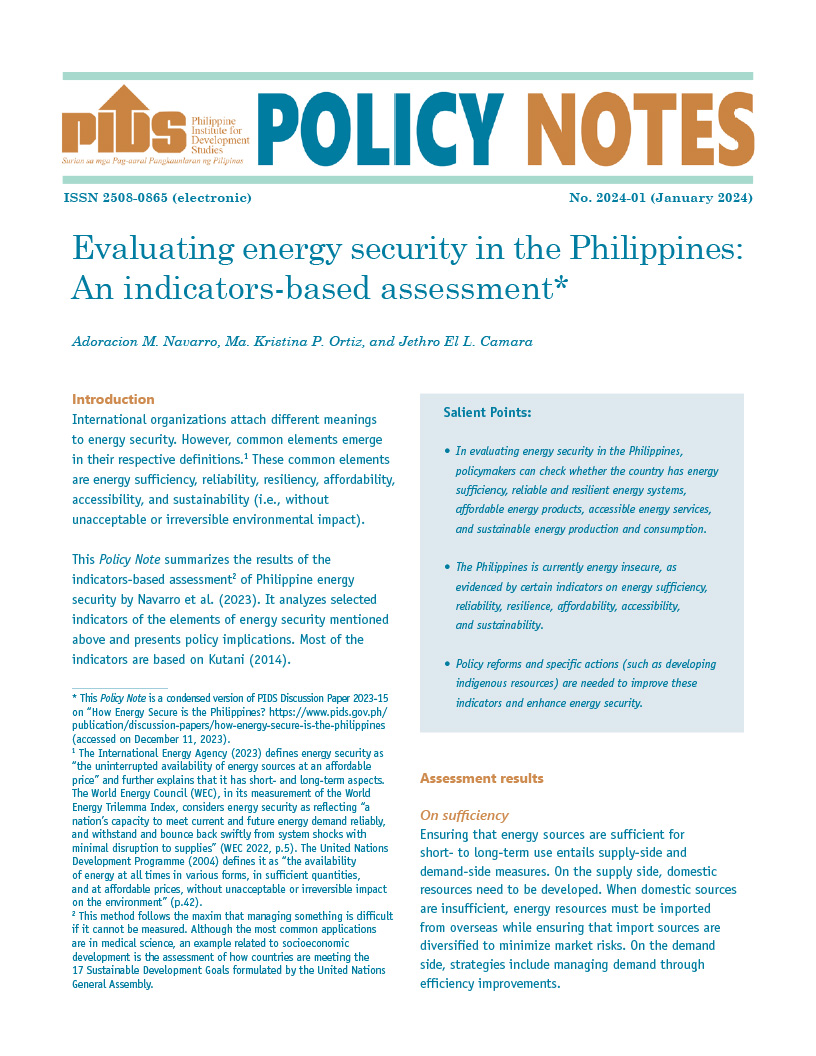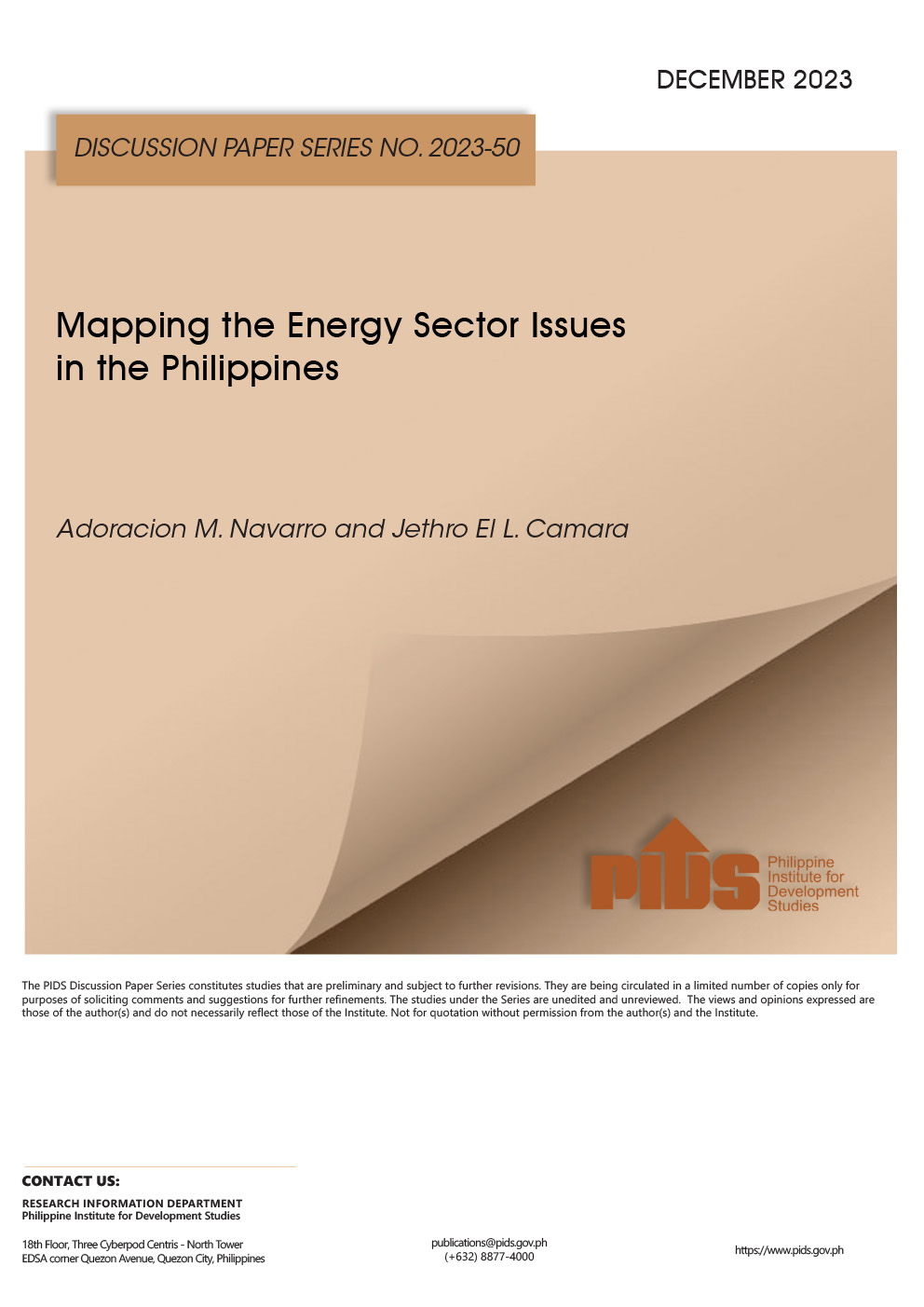The year 2013 had been a busy year for the energy sector as it had to deal with the perennial problem of tight energy supply. Energy Secretary Carlos Jericho Petilla, indeed, had quite a hectic year with the Mindanao power crisis, the spiraling oil prices, the tight supply in liquefied petroleum gas (LPG), the power outage in typhoon-hit areas, and now the record-high rate hike of Manila Electric Co. (Meralco). Indeed, Petilla has his hands full, given the problems besetting the energy sector. Petilla is counting on projects committed in 2014 — which would translate to 150 megawatts in additional capacity — to come through and also the committed additional 300 MW in 2015. A study conducted by a government think-tank, the Philippine Institute for Development Studies (PIDS), has warned of another power crisis in Mindanao next summer given that there had been no additions to the baseload capacity. PIDS senior research fellow Adoracion Navarro said demand for power in Mindanao has continuously spiked through the years with rapid urbanization and increased industrialization. Consolidated forecasts for electricity demand from 2010 to 2019 show an annual average demand growth of 4.28 percent in Mindanao. Citing 2012 data from the DOE, the PIDS study notes that the Mindanao grid has 37.31 percent baseload generating capacity, a far cry from Luzon’s 63.94 percent and the Visayas’ 71.88 percent. Many blame Mindanao’s power woes to its heavy reliance on hydropower. Of the total 1,616 MW dependable generation capacity in Mindanao, 1, 038 MW come from hydropower plants such as the Agus and Pulangui plants, which are old facilities.
To address the problem, Navarro said there should be short-term solutions such as the rehabilitation of these hydropower plants and the promotion of interruptible load program for large consumers in the region. For the long term, Navarro recommends the implementation of demand-side management programs, the interconnection of the Visayas and Mindanao grids and implementation of reforestation and watershed management programs, among others.










